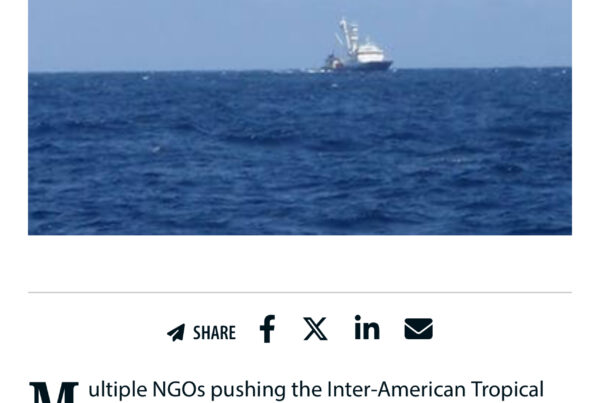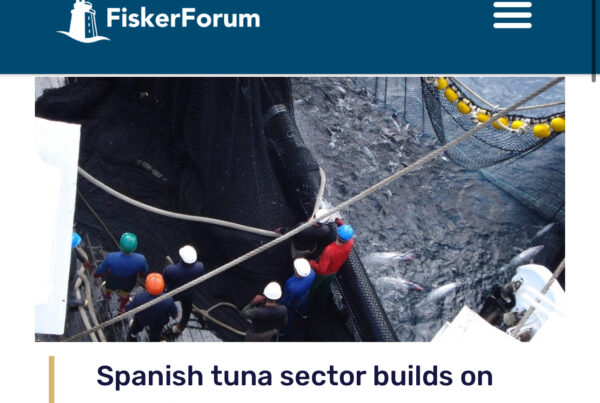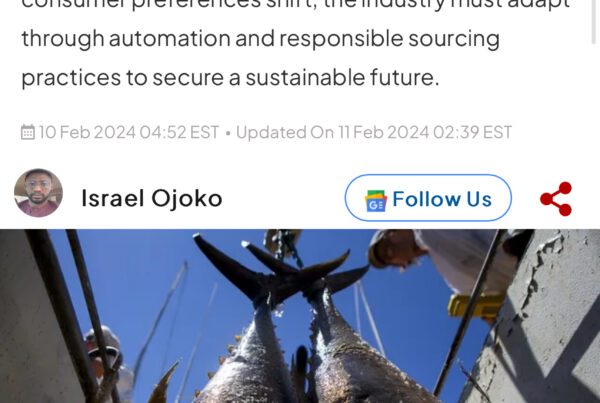Progress Report on the American the Beautiful Initiative
The White House has released a one-year progress report on the America the Beautiful Initiative. The report highlights steps the Administration has taken during the past year to support locally led and voluntary efforts to conserve, connect, and restore lands and waters across the nation that sustain the health of our communities, power local economies, and help combat climate change. This fact sheet provides more details and highlights.
Seeking Public Comment on Development of New Conservation and Stewardship Tool
The Department of the Interior, in coordination with the Departments of Agriculture and Commerce and the Council on Environmental Quality, opened public comment and announced listening sessions regarding the development of the American Conservation and Stewardship Atlas, a new tool that will reflect baseline information on the lands and waters that are conserved or restored. The atlas is part of the America the Beautiful Initiative, also known as the “30 x 30 effort,” that aims to conserve, connect, and restore 30 percent of America’s lands and waters by 2030.
COVID-19 Impacts on U.S. Fishing and Seafood Industries Show Broad Declines in 2020
NOAA Fisheries released an updated report, U.S. Seafood Industry and For-Hire Sector Impacts from COVID-19: 2020 in Perspective. It provides an economic assessment of COVID-19 effects on the U.S. fishing and seafood industry in 2020. This includes analyses of the wild harvest, aquaculture, and the recreational charter/for-hire sectors. Our analysis shows that the COVID public health crisis created a turning point for the U.S. and the global seafood industry. It created new long-term challenges to expanding our sustainable domestic seafood sector. The pandemic also created significant challenges for the U.S. recreational for-hire industry.
Go Slow—Whales Below
Collisions with vessels of all sizes are one of the primary causes of elevated North Atlantic right whale injuries and deaths today. These whales tend to swim slowly at, or just below, the water’s surface. And despite their enormous size, they can be surprisingly difficult to spot from a vessel. You can help save endangered North Atlantic right whales by slowing down to 10 knots or less in waters where they are likely present.
A Mother Right Whale’s Perilous Odyssey
Snow Cone, one of the few breeding female North Atlantic right whales remaining, has been spotted with a new calf. She has also been entangled in fishing rope for months.
NOAA Inclusive Fisheries Internship Program Seeks Undergraduate Applicants for 2022 Summer Program
The NOAA Fisheries Inclusive Fisheries InternSHip program is now accepting applications for the summer 2022 program. IN FISH! is an inclusive internship program sponsored by NOAA Fisheries and partners in academia and non-governmental research institutions.
New Online Workshops Will Save Fishermen and Dealers Time and Money
NOAA Fisheries is making recertification for Atlantic Highly Migratory Species permit holders and vessel operators more convenient. Training workshops are now available both in-person and online for current certificate holders. This change will save fishermen, vessel operators, and dealers valuable time and money.
Alaska
NOAA Releases 2021 Ecosystem Status Reports for the Eastern Bering Sea, Gulf of Alaska, and Aleutian Islands
These reports are a compilation of inputs from our own research and the work of many contributors from fishing, coastal and Alaska Native communities, academic institutions, the State of Alaska and other federal agencies.
New Supervisors to Lead Survey Teams Monitoring Bottom-Dwelling Fish and Crabs
NOAA Fisheries is pleased to announce the selection of two new supervisors for its Alaska bottom trawl surveys. Duane Stevenson was chosen for the position of Bering Sea Bottom Trawl Survey Group Supervisor. Ned Laman is the new Gulf of Alaska/Aleutian Islands Bottom Trawl Survey Group Supervisor for the Groundfish Assessment Program. These positions are within the Resource Assessment and Conservation Engineering Division of NOAA’s Alaska Fisheries Science Center.
New Approach to Evaluate Fish Stock Productivity Under Changing Climate Conditions
NOAA Fisheries scientists have developed a new modeling approach to evaluate changing fish population productivity in light of warming ocean temperatures. Fish stock productivity is determined by estimating the number of fish that survive from eggs and larvae to become adults annually.
West Coast
Oregon Habitat Restoration Project Supports Millions of Dollars in Community and Economic Benefits
A new report highlights the socioeconomic benefits of a NOAA-supported effort to restore habitat for threatened salmon and reduce community flooding in Tillamook, Oregon. According to the report, the landscape-scale Southern Flow Corridor project has supported $14.6 million in economic output, increased the value of nearby homes, improved local water quality, and more. The report was produced by researchers at Oregon State University.
NOAA Fisheries Weighs Protection for Sunflower Sea Star Native to West Coast
NOAA Fisheries is seeking information about the sunflower sea star, Pycnopodia helianthoides, a large sea star native to the West Coast. We are trying to determine whether the species warrants listing under the Endangered Species Act. The sea star has declined in the past decade in association with sea star wasting syndrome, likely worsened by warmer ocean conditions.
NOAA Fisheries Completes 5-Year Review of Endangered Southern Resident Killer Whales
NOAA Fisheries announces the completion of the Endangered Species Act 5-year review on Southern Resident killer whales, concluding that this species continues to face a high risk of extinction and should remain listed as endangered.
New England/Mid-Atlantic
Kids Creek Project Restores Habitat and Food Sources for Great Lakes Fish
NOAA’s partners at The Watershed Center Grand Traverse Bay recently completed a project to restore habitat and improve fish passage on Kids Creek in Traverse City, Michigan. The effort received more than $1.5 million in NOAA funding through the Great Lakes Restoration Initiative. Through this work, our partners are helping enhance habitat and food sources for fish species such as brook trout.
Cooperative Research Fall Gulf of Maine Bottom Longline Surveys Completed
This hook-based fishery survey is conducted alongside fishing industry collaborators every fall and spring. Focusing on rocky habitat in the southern Gulf of Maine, the survey informs questions of abundance and distribution of species that live there.
1,000 Educators Now Certified to Deliver Meaningful Watershed Educational Experiences
The NOAA Chesapeake Bay Office has awarded 1,000 certificates to educators who have completed training in how to provide investigations into local environmental issues that lead to informed action and civic engagement.



